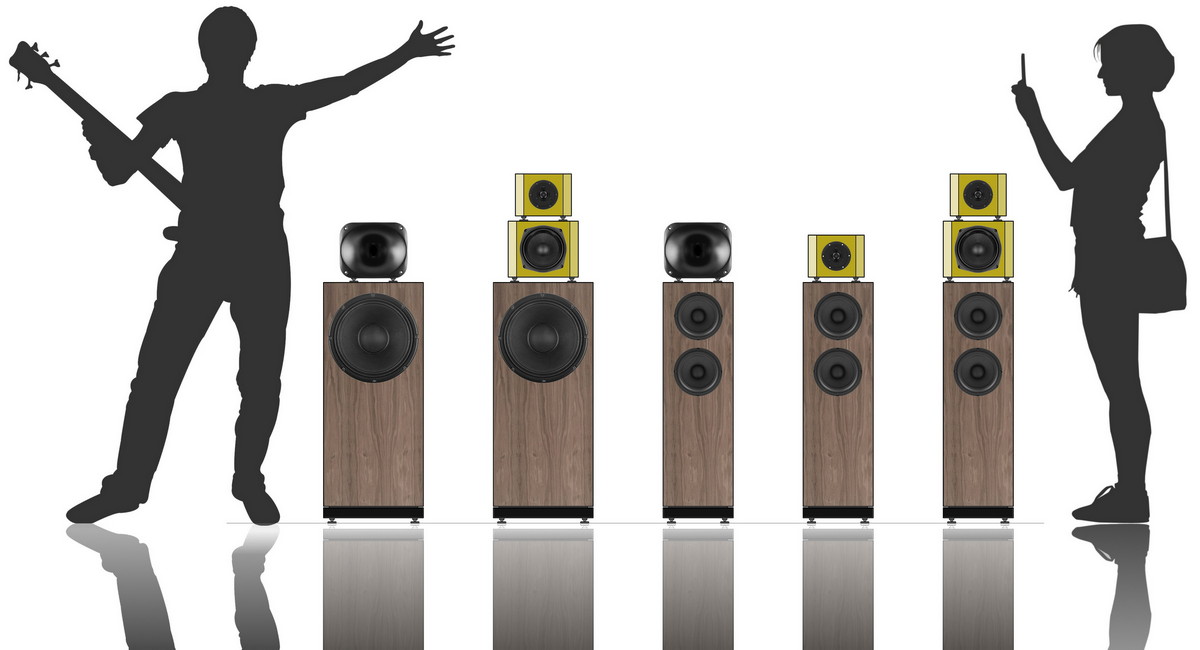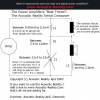I have only listened to speakers with permanent magnets till date and have very briefly listened to Alnico magnets speakers at FM @shafic and @prem JBL speakers that use an Alnico midrange driver. There use to be one more type of speakers in the early 1900 and continued for almost 50 years till Alnico magnets were discovered. These speakers used a field coil which were powered by DC voltage to generate flux density when powered on. The flux density can be modifed by the amount of current flowing through the field coil and can be made mid-band or broad band by varying the gauss/Tesla. I was looking for these type of speakers since long - may be around 3 to 4 years but all of them were out of my budget - because they are rare to find and hence quite boutique in that sense.
Suddenly during a lazy Saturday search the one i bought surfaced and i ordered them immediately as they were within my reach budget wise. Of-course they are not a Western Electric or RCA but a pair of 8" field coil speakers from a radio maker in the early 1930s named "Sachsenwerk" which were quite popular for their "Olympia" brand of radios. My pairs are actually salvaged from one of the radios which were lying in stock unused for too long in a antique shop. The paper cones looked quite new and unused and there were no physical damage to the cone or the frame for a driver that old but had some age related paint scarrying - that too not noticeable.
I listened to some youtube videos from this radio and some OB speakers mad out of them and liked what i heard. The mids were quite liquid and heavy and the tone is what i was looking for - very open and no compression of sound. Field coils have their reputation to have extreme low distortion in their pass band and would be to some extend band limited based on the driver size and the magnetic field strength. I have a plan for the DC supply for the field coil suggested by the seller which i shall implement while i am waiting for the drivers to arrive. Its for me to discover whether i will require a sub-woofer + tweeter to support the extreme ends but i shall be open for them too based on my initial listen and setups. Pasting some YT videos of some radios from where this driver would have been salvaged for me, enjoy!
Thanks for looking.
Thanks for listen
Suddenly during a lazy Saturday search the one i bought surfaced and i ordered them immediately as they were within my reach budget wise. Of-course they are not a Western Electric or RCA but a pair of 8" field coil speakers from a radio maker in the early 1930s named "Sachsenwerk" which were quite popular for their "Olympia" brand of radios. My pairs are actually salvaged from one of the radios which were lying in stock unused for too long in a antique shop. The paper cones looked quite new and unused and there were no physical damage to the cone or the frame for a driver that old but had some age related paint scarrying - that too not noticeable.
I listened to some youtube videos from this radio and some OB speakers mad out of them and liked what i heard. The mids were quite liquid and heavy and the tone is what i was looking for - very open and no compression of sound. Field coils have their reputation to have extreme low distortion in their pass band and would be to some extend band limited based on the driver size and the magnetic field strength. I have a plan for the DC supply for the field coil suggested by the seller which i shall implement while i am waiting for the drivers to arrive. Its for me to discover whether i will require a sub-woofer + tweeter to support the extreme ends but i shall be open for them too based on my initial listen and setups. Pasting some YT videos of some radios from where this driver would have been salvaged for me, enjoy!
Thanks for looking.
Thanks for listen











